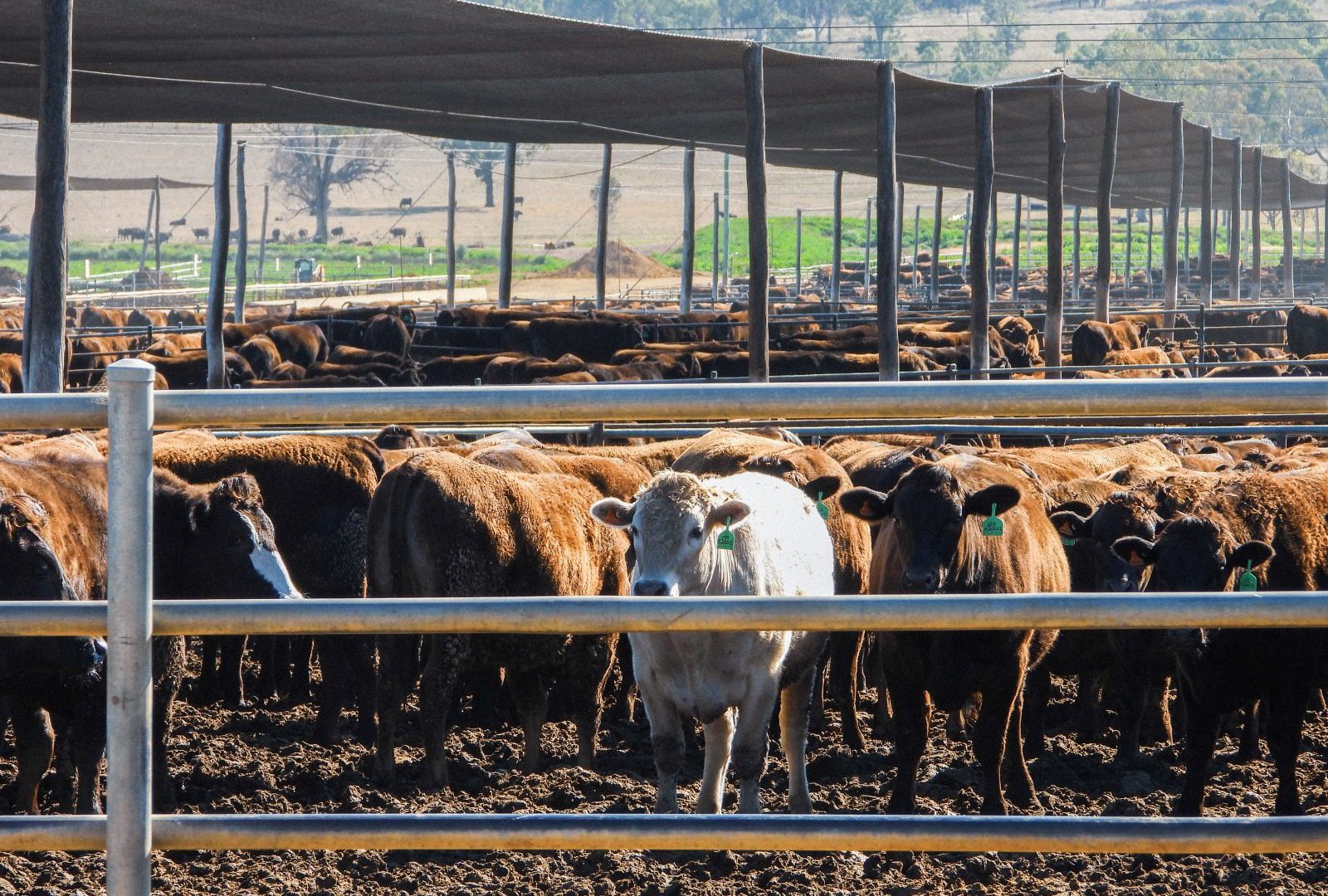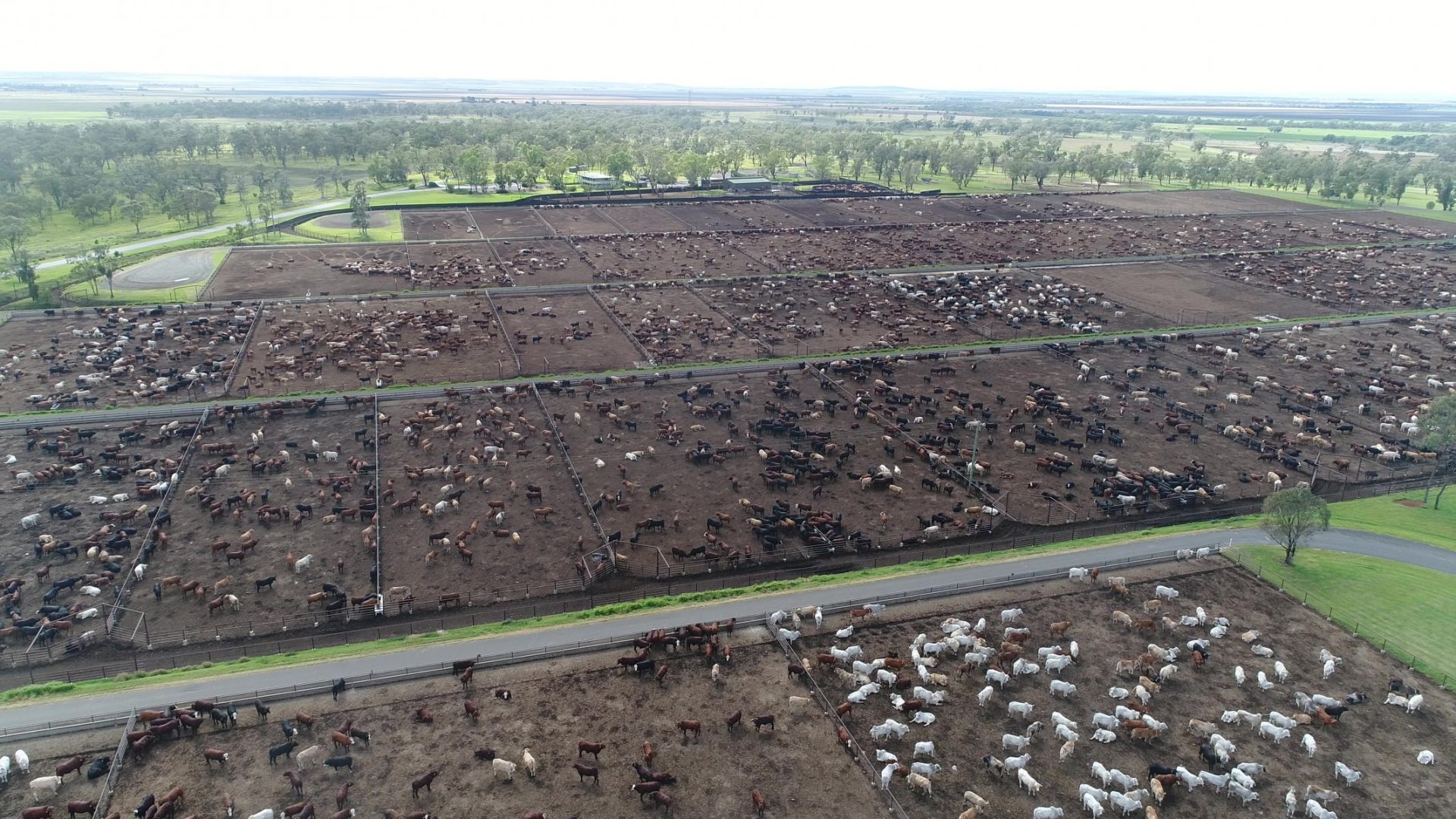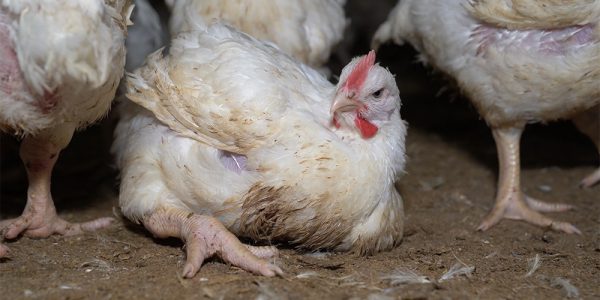What comes to mind when you think of ‘feedlots’?
When you think of factory farming, chances are you picture hens in battery cages or pigs in sow stalls. But did you know that almost 80% of ‘beef’ products in Australian supermarkets come from intensively farmed cows?
Controversial even within the agricultural sector, feedlots are a form of factory farming that deny animals expression of their natural behaviours in order to maximise profits. And they’re not just harmful to animals; they may also devastate the environment and pose great risks to human health.
What is a feedlot, exactly?
Feedlots are barren, dirty and stressful places for animals, and have damaging impacts on the mental and physical health of cattle. This farming system of penning animals outdoors, often in close confinement, and feeding high protein grain-based diets, is used in ‘beef’ production to ensure animals reach a specific weight before slaughter. Prior to spending their last months or even up to a year within a feedlot, cattle have usually lived on grass pasture and had access to a more natural diet of grasses.
At the end of March 2022, there were 1,269,927 animals in around 400 feedlots in Australia.
Why do feedlots exist?
Feedlots exist in Australia for two main reasons – to more rapidly reach the sale weight of animals bred for their meat and to supplement pasture farming to meet consumer demand for meat products.

















